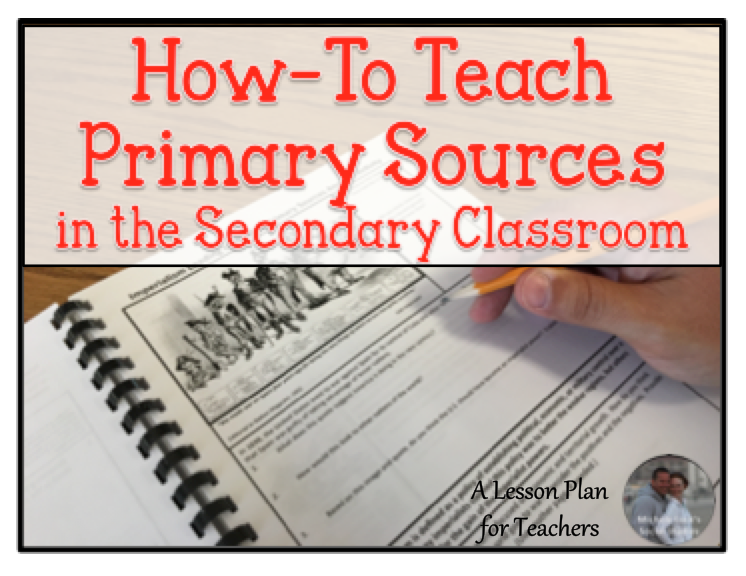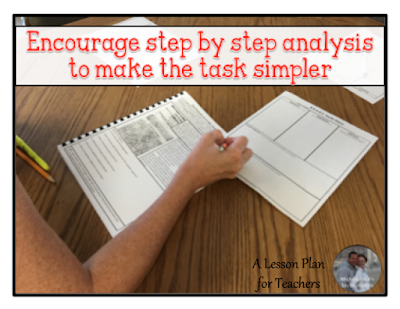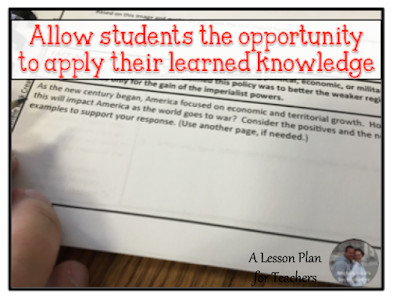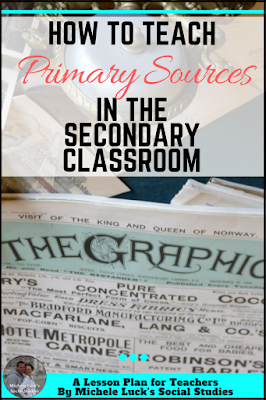When common core standards first came out, many Social Studies teachers went crazy worrying how they would teach primary sources. After all, for those who had taught out of textbooks, the transition could be a scary one. On the other hand, for those who had taught an interactive classroom with various collections of primary and secondary resources at their disposal, this challenge was a welcome one!

However, while many teachers loved the idea of teaching more with primary sources, they were often ill-equipped for knowing the right strategies for helping students break apart the documents placed in from of them. So, here’s my quick how-to suggestions:

- Encourage student collaboration. Whether students are analyzing text, images, charts, maps or graphs, they can be easily overwhelmed with the task. Many complain they do not know where to start or they feel they are not following the correct steps to complete the task. But if students are working in pairs or small groups, they can discuss the guiding questions and work their way through the reading material together.
- Use Think-Pair-Share activities (my next how-to post!) or a Jigsaw to allow students the opportunity to process the content and to reinforce it through discussion and “teaching” with their peers.

- Always encourage step by step analysis. I love using spiral questioning with my primary source analysis activities, and this method gives students the confidence to read further and to leap with assumptions they can then further investigate to prove right or wrong!
- Vary the primary sources you use in your instruction. If students only see text, they will tire out quickly and will lose interest in the topic of study. Instead, add in images, music, video, and any other form of media available to make your topic much more fun and engaging for students to enjoy as they learn.

- Always allow students the opportunity to process what they have learned. Whether you use a short exit slip or a full writing prompt, be sure to assess your students understanding of the content and their ability to take from the documents the relevant content.
And finally, use quality primary sources! The information provided to students must be strong in content and strong in written development. Snippits only leave students confused and frustrated. Find many primary source analysis activities in my TpT Store at www.tptsocialstudies.com.
Be sure to check out the How-To Category of my blog, A Lesson Plan for Teachers, for more great tips for the secondary classroom!

Happy Teaching!